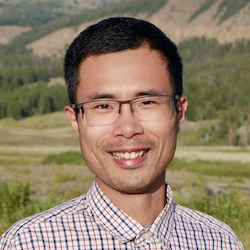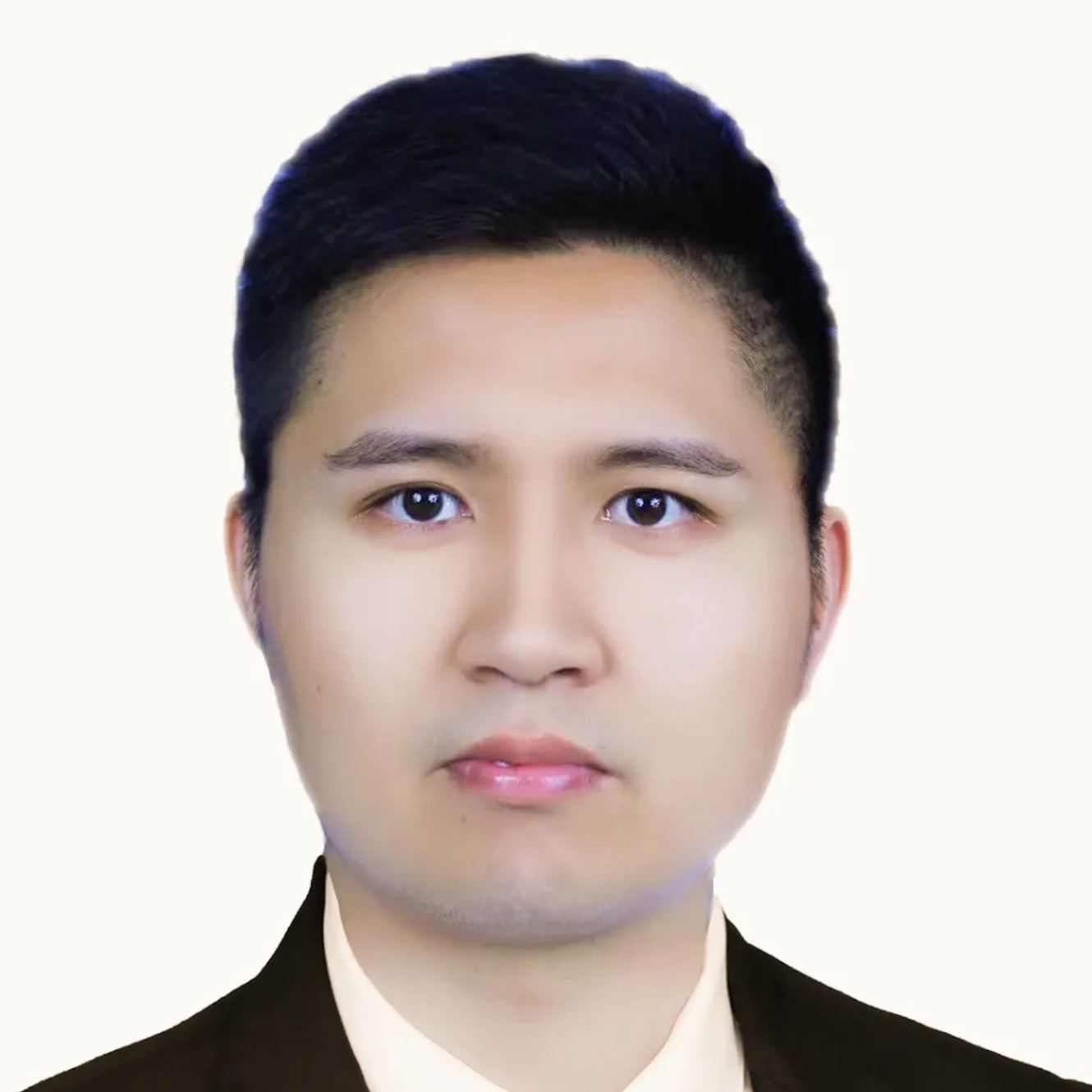Samee U. Khan received a BS degree in 1999 from Ghulam Ishaq Khan Institute of Engineering Sciences and Technology, Topi, Pakistan, and a PhD in 2007 from the University of Texas, Arlington, TX, USA. Currently, he is Associate Professor of Electrical and Computer Engineering at the North Dakota State University, Fargo, ND, USA. Prof. Khan’s research interests include optimization, robustness, and security of systems. His work has appeared in over 300 publications. He is on the editorial boards of leading journals, such as IEEE Access, IEEE Communications Surveys and Tutorials, and IEEE IT Pro. He is an ACM Distinguished Speaker, an IEEE Distinguished Lecturer, a Fellow of the Institution of Engineering and Technology (IET, formerly IEE), and a Fellow of the British Computer Society (BCS).
Department of Electrical and Computer Engineering
North Dakota State University
Fargo, ND 58108
samee.khan@ndsu.edu
701.231.7615
DVP term expires December 2018
Presentations
Big Data Based Recommendation Approaches for Healthcare
Recommender systems have attained widespread acceptance and have attracted the increased attention by the masses for over a decade. Recommender systems alleviate the complexities of products and services selection tasks and are meant to overcome the issues of information overload. Just like the recommender systems’ prospects in e-commerce and several other business domains recommender systems have also been developed to offer recommendations about healthcare services and products. Considering the high volumes and dimensionality of healthcare data, utilization of efficient techniques to manage the big data is inevitable.
In this talk, we describe the need and rationale for using the big data enabled techniques for healthcare data. As case studies, we will detail our work on developing recommendation systems for: (a) health insurance products recommendation, (b) health expert recommendation from social media, (c) identification of influential doctors from Twitter, and (d) disease risk assessment services. During the discussion on the cases studies, we will discuss the following issues that are particular to the recommender systems: (a) cold start, (b) long-tail problem, and (c) scalability.
Distributed Computing Systems from Clusters to Edge: Evolution and Trends
High computational, storage, and communication demands have resulted in the evolution of distributed computing models. In a distributed computing system a collection of processors is interconnected through a communication network such that each of the processors has memory and other peripheral devices. The processors communicate with each other by passing messages. Starting from the IBM Mainframe systems in 1960s, the distributed computing paradigm progressed to the Local Area Networks (LANs) in 1970s that subsequently evolved to the Internet based computing and Web services in late 1990s. After the inception of mobile technology the popular computing models, such as grid, cluster, and cloud computing emerged. Recently, due to the increased growth in data analytics and proliferation of applications accelerating the ubiquity of digital information, the distributed computing models have been enabled to share a variety of geographically distributed resources.
In this talk, we will discuss the following distributed computing models: (a) grid computing, (b) cluster computing, (c) cloud computing, and (d) Internet of Things. Moreover, we will also discuss the phenomenon of the edge computing or fog computing, which emphasizes on performing data processing at the network ends — away from the centralized nodes. Furthermore, we will also touch the issues pertinent to: (a) performance, (b) scalability, (c) fault-tolerance, and (d) extensibility.
The Role of Information and Communication Technologies in Universal Design for Learning
It is important to understand the way human mind perceives knowledge. Consequently, instruction methods must also adapt to the needs and abilities of the pupils. Over the number of years, assistive technologies (AT) have helped countless lives for persons with disabilities. However, these ATs have not penetrated the education enterprise. The concept of Universal Design (UD) can be used to prepare instructional materials for all persons, regardless of their abilities.
In this talk, we will discuss UD for learning and see how Information and Communication Technologies (ICT) can further enhance the effectiveness of the existing methodologies and instructional materials. We will provide illustrative examples from programming, signal processing, and embedded systems to showcase that ICT can and is indeed useful in this setting. We also will discuss the current trends, challenges, and future prospects of working in this field, as well.










